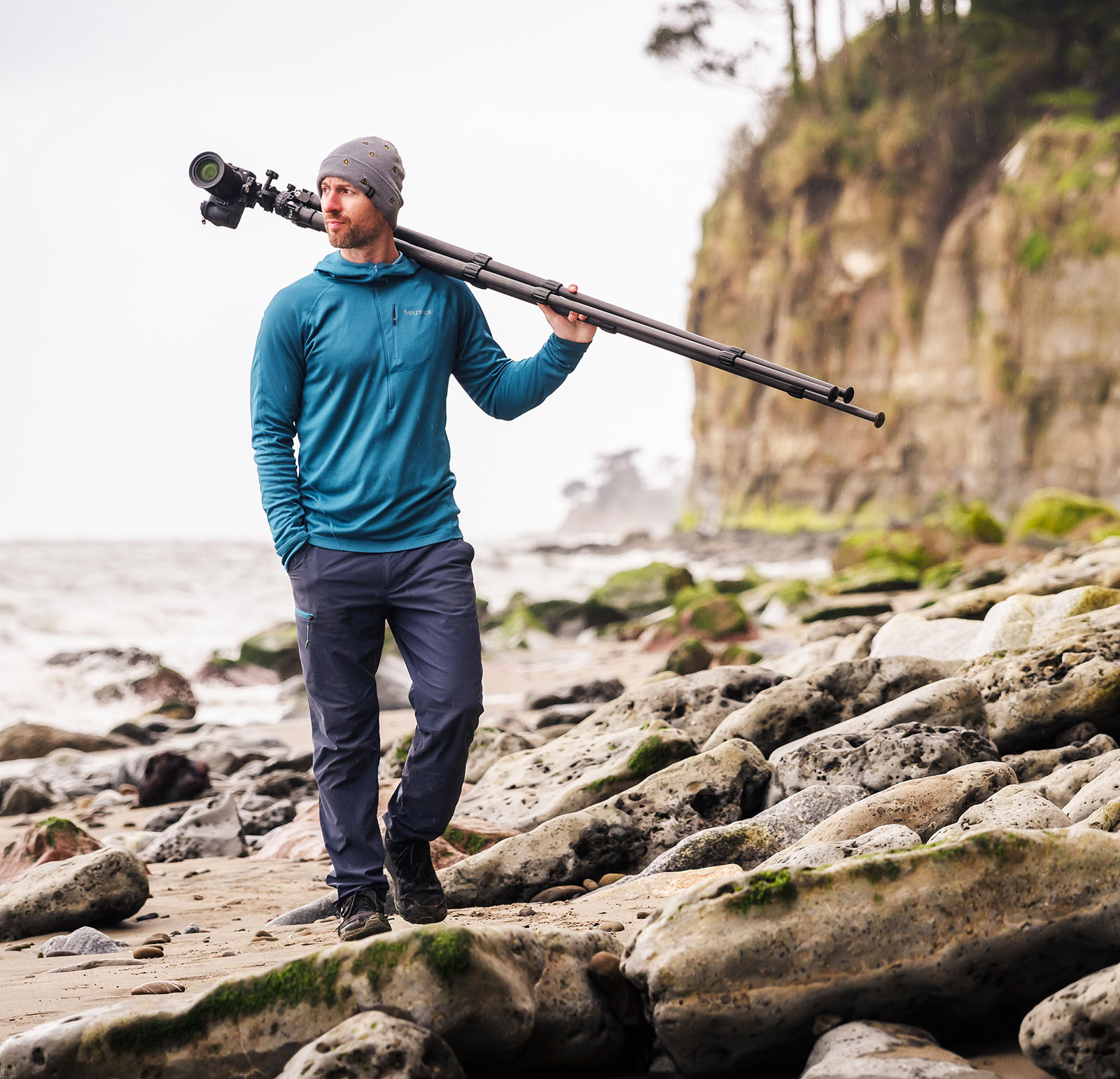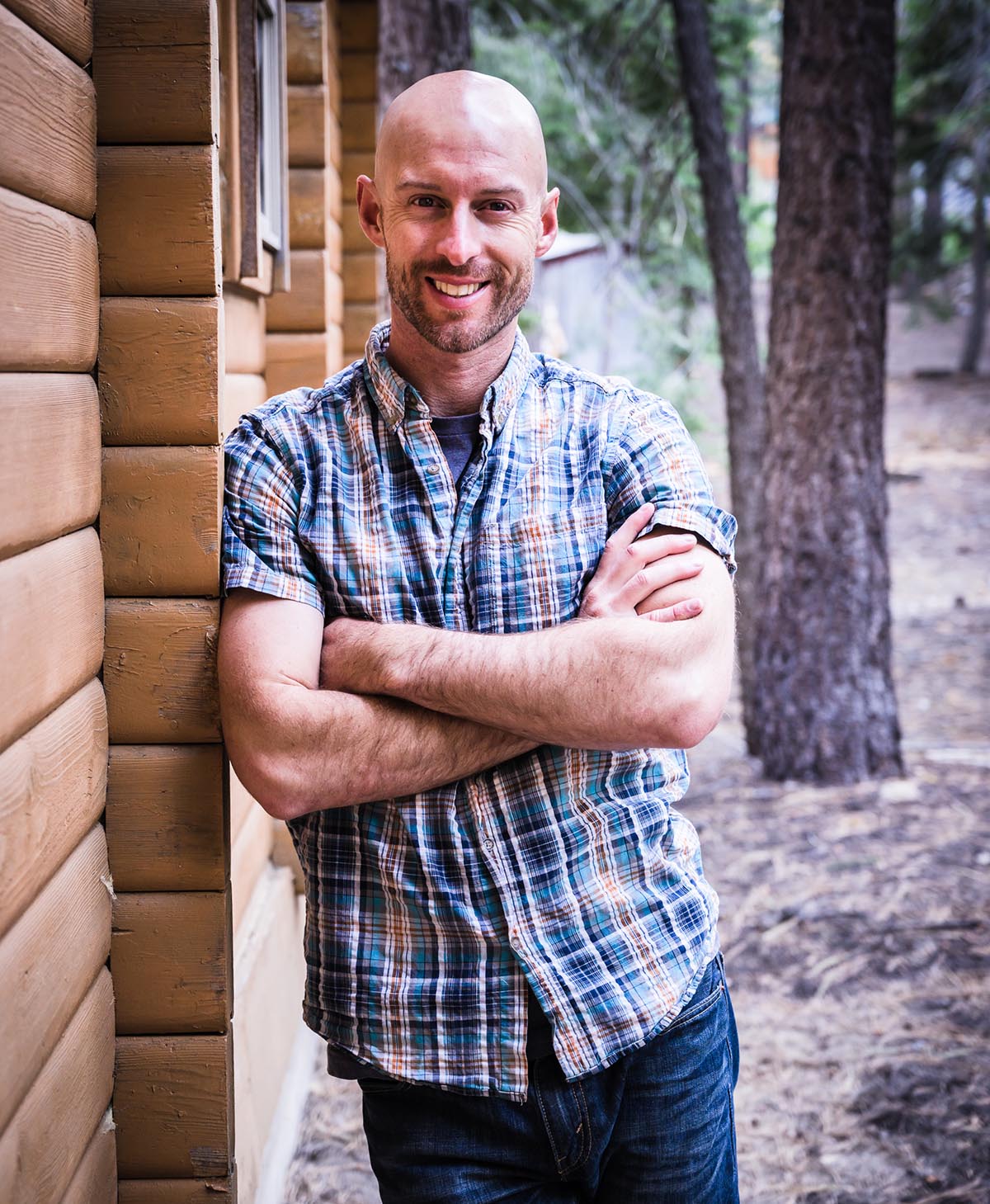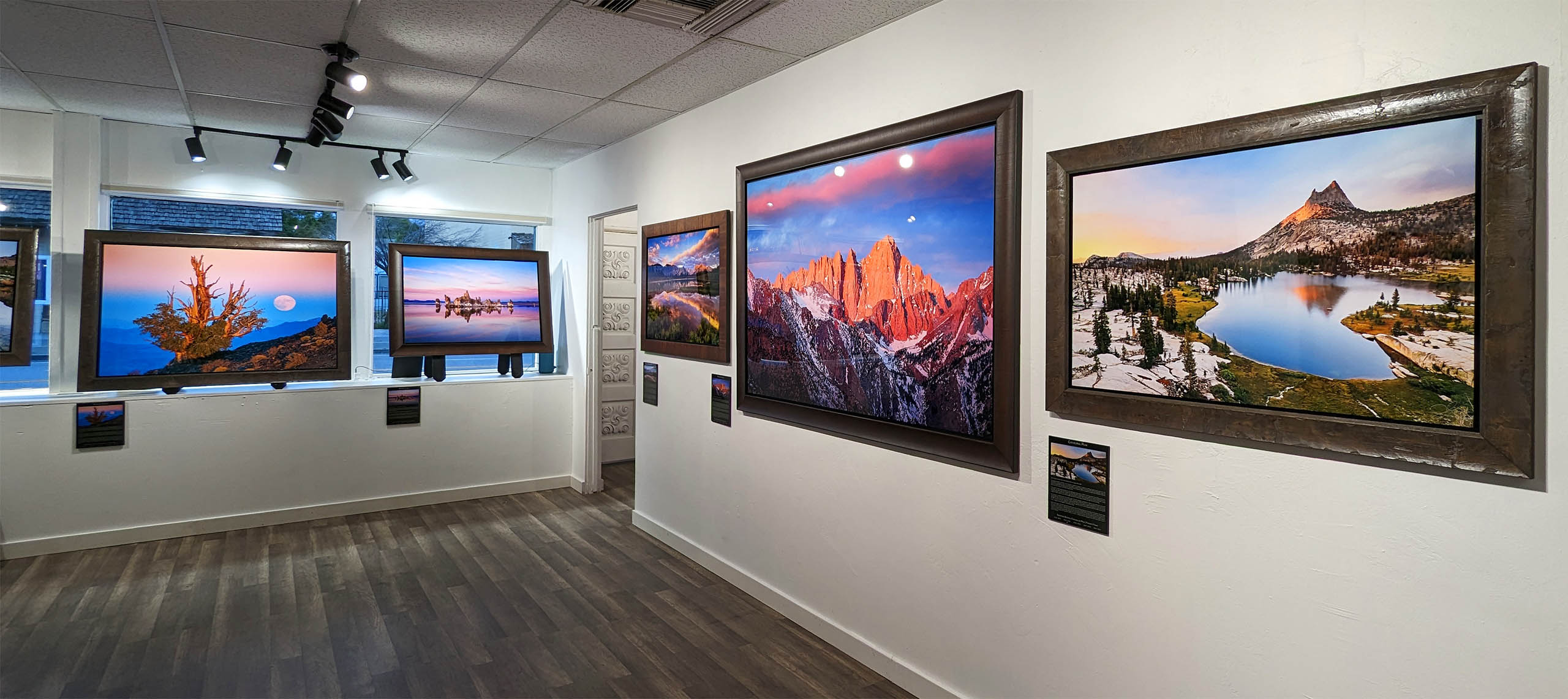I spent some of my most formative years as a photographer shooting along the coast, striving to capture it in photos and dodging many a rogue wave. During those years, I learned many important lessons about what makes for powerful seascape photos. In this video (and article), I’m going to share with you six techniques that you can use to shoot killer coastal photographs.
A good seascape photo starts with some essential gear, and a solid tripod comes in right at the top of the list. All of the reasons you should be using a tripod for your landscape photography go doubly when you’re shooting at the coast. Not only does the tripod give you a stable base to photograph from in order to achieve those tack sharp details, but it also allows you to use a longer shutter speed. Some of the best seascape images are taken with shutter speeds between a quarter second and 30 seconds or more. And if you’re trying to pull off handheld shots at those long exposures, your photos are going to be blurry disappointments. So slap your camera on a tripod and you’ll see an instant improvement in your images. (And here’s a pro tip for you: Push your tripod legs deep into the wet sand at the ocean’s edge. And if a wave wraps around the legs, push them deeper, making sure it’s still level.)
A tripod will get you 90% of the way to having sharper photos, but to bring out the best in your shots, you should also use a remote cable release as well. The remote release lets you pop off shots without actually touching your camera, so it removes the shake that comes from pushing the shutter button. And if you’re wondering why you can’t just use the two second timer when you’re shooting at the coast, it’s because you often want to time your shots very specifically and hit the shutter at the exact moment that you need to–trying to time that two seconds in advance is an exercise in futility.
Graduated neutral density filters are a must have accessory, as well, and will help bring your seascape photography up a few notches. In many photography situations you can avoid using GND filters by bracketing exposures and then combining them later in Photoshop, but that practice will get you into hot water here at the coast. The reason for that is really simple: the ocean is moving and if you’re bracketing exposures the waves are going to look different in every single shot. No amount of blending techniques will save your photo from looking funky. Using a graduated neutral density filter ensures that you can capture the whole dynamic range of the scene in a single shot.
BUT, be aware, GND filters are like magnets for salt spray, which is one of those unique annoyances that comes with photographing the coast. Every time the waves crash they send little droplets of sea spray into the air, which lands on your filters. And if it’s windy and there is an ever present mist that blows into your face and onto your lenses and your filters, salt spray is a photographer’s nightmare. It is the worst feeling to think that you’ve absolutely nailed a shot only to get home and find out that you had little droplets all over the front of your camera the whole time. So, to combat that problem, you should always keep some lens wipes handy and be vigilant about wiping down the front of your filters and your lens. For me personally, I prefer using paper wipes as opposed to microfiber wipes; they do a great job of pulling off that salt spray without causing smearing like a microfiber cloth often does.
In my mind the number one thing that you can do to improve the impact of your seascape photography is simple: Just get closer to the ocean. Don’t be afraid to get into the surf zone and get a little wet by getting closer. You’re going to be in a better position to show off the ocean’s dynamic actions as waves crash and splash and cascade. (See video for photo comparison.)
Now here’s a little safety tip: Always keep one eye on the ocean and be aware that rogue waves can occur at any time, and can be much larger than other waves. You always want to have an escape plan! You always want to be aware of your surroundings when you’re in the surf zone and it’s best if you can keep all of your gear on you–don’t put your camera in one place and your bag in another, because you might need to gather everything up and skedaddle in a moment’s notice. If you do get hit by a wave, don’t try to run, because it’s most likely that you’re just going to get knocked over. Instead, turn sideways to the ocean–it gives you a stronger base against the force of the water and it reduces your profile.
One of the great joys of seascape photography is the ability to dramatically alter the look of your images simply by changing the shutter speed. Playing with shutter speed lets us shoot into the fourth dimension by capturing visuals that our eyes can’t see. Whenever there’s motion in a scene you should be thinking about how to use your shutter speed to capture that motion. When you’re out at the coast and you pick a fast shutter speed, say a hundredth of a second, it’s going to freeze the crashing waves in midair, which is going to create tension and drama in your photos. A longer shutter speed, around one second, can be used to create silky streamers and soft curls in the waves. And very long shutter speeds, like 30 seconds or a minute or more, are fantastic for creating that completely smooth, misty look in the ocean.
What’s really fun about shooting the ocean is not just that it’s moving, but also that it’s constantly changing. Unlike shooting a waterfall where back-to-back exposures at the same shutter speed are probably going to look virtually identical, back-to-back exposures at the coast can exhibit entirely different characters and moods depending on whether a wave is just beginning to crest, or it’s rushing up the beach, or flowing over some rocks, or washing back out the sea. When you press the shutter button has a remarkable effect on the outcome of your image. So once you’ve found a shutter speed that you like, try experimenting with timing your shots when the ocean is doing different things.
Compositionally, one of the most powerful elements in landscape photography are leading lines — the natural pathways that move your viewer’s eye through the image. The ocean does a wonderful job of creating leading lines for us. One of the most obvious lines that you can use in your seascape compositions is the line of foam that a wave creates as it comes up the beach. But, perhaps even more interesting, lines are created by the motion of water itself. By stretching your shutter speed out to one or two seconds you can capture the movement of a wave as it moves up and down the beach. When you do that it creates beautiful running streamers of water that pull your viewer’s eye into the photo. To really nail those wavy streamers here’s what you do: set shutter speed to one half to two seconds, wait for a wave to crash, rush up the beach, and pause at the top. Just as the wave begins to flow back into the ocean, that’s when you trip the shutter. That quarter second to two second exposure is going to capture the movement of the wave beautifully!
Lots of photographers like to shoot in aperture priority mode because it’s easy–you pick an aperture to get the depth of field that you want and the camera decides what the necessary shutter speed is to get the right exposure. But when you’re shooting seascapes the camera can easily be fooled into shooting bad exposures. As waves crash and splash through your scene, the camera will constantly be adjusting exposure, trying to keep up with these changing conditions. By switching to full manual you’re going to lock in an exposure, which doesn’t change as waves crash over the rocks and recede, meaning you’re going to get consistent and repeatable results. So, I highly recommend that you use manual focus when shooting seascapes, because as I’ve said, when you’re photographing a moving subject like the ocean, your camera’s auto-focus could start hunting for every single shot. The last thing you need is to be unable to shoot because the camera’s trying to lock focus on a moving wave. Using manual focus completely avoids this issue. A good trick is to use autofocus initially to really lock in that perfect focus for your scene and then switch over to manual focus on your lens so that it can’t hunt that way. You’ll rest assured that all of your shots will be tack sharp.


Joshua Cripps is a renowned landscape photographer who has garnered worldwide acclaim for his breathtaking images of our planet’s wild places. His photos have been published by the likes of National Geographic, NASA, CNN, BBC, and Nikon Global.

The Mt. Whitney Gallery was founded in 2023 by Joshua Cripps as a way to share his passion stunning landscapes of the Sierra Nevada and beyond.
Set at the foot of the breathtaking Sierra with a view of the range’s highest peaks, the gallery features large format, museum-caliber fine art prints of Josh’s signature photographs.
Course Login | Results Disclaimer | Terms and Conditions | Privacy Policy
© Copyright – Joshua Cripps Photography
